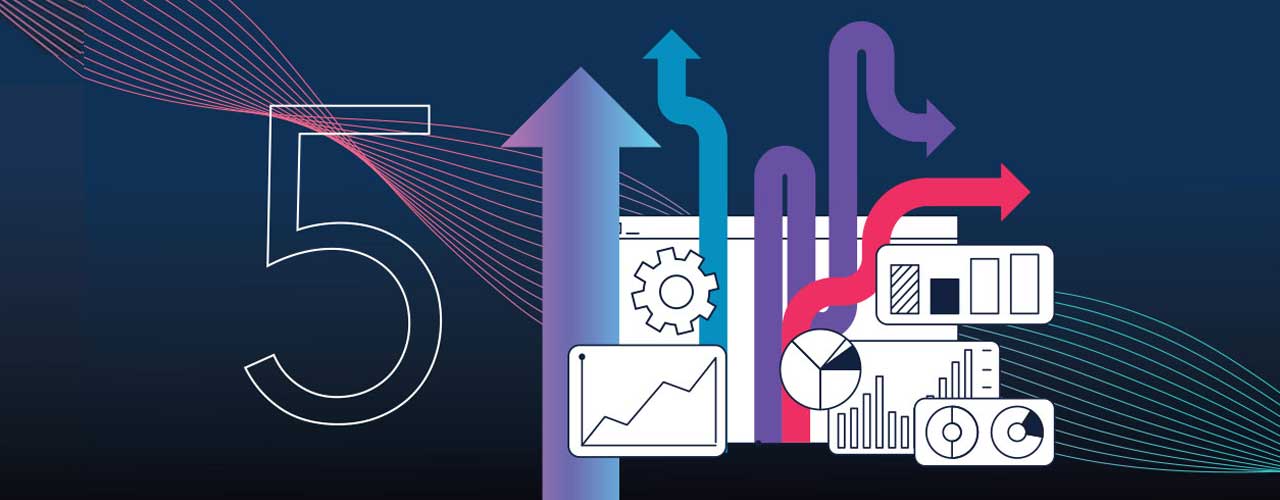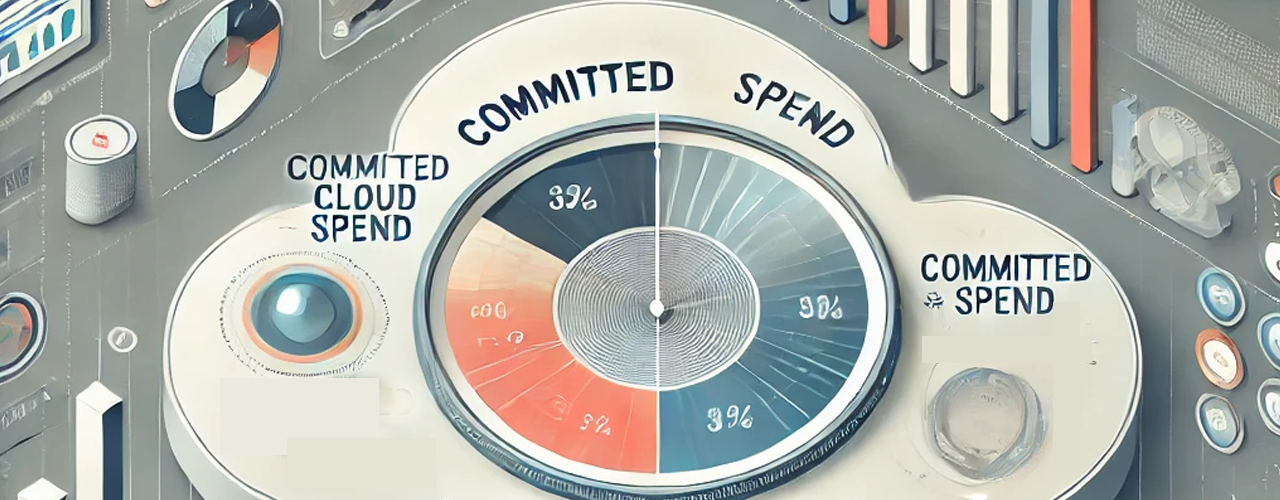
Azul made a series of predictions for Java and technology in 2023. One of the predictions is “Companies that invest in performance engineering will deliver greater customer satisfaction while reducing infrastructure costs.” Azul CEO Scott Sellers explains how cloud costs are tied to the fortunes of companies and why a cloud cost strategy is critical for success.
When a new technology makes business more profitable, it doesn’t take long for business leaders to adopt it. For most companies, migrating to the cloud is less a matter of when than if. The resources, elasticity, scalability, reliability, and freedom from routine maintenance give the cloud great potential to help provide outstanding customer experience.
When companies started moving their applications to the cloud en masse more than a decade ago, few gave much thought to how they would pay for these workloads. Oh how times have changed.
Gartner forecasts worldwide public cloud end-user spending to increase more than 20% from 2022 to 2023 to nearly $600 billion. “Current inflationary pressures and macroeconomic conditions are having a push and pull effect on cloud spending,” Sid Nag, Vice President Analyst at Gartner, said in the report. “Cloud computing will continue to be a bastion of safety and innovation, supporting growth during uncertain times due to its agile, elastic and scalable nature.” (Gartner Forecasts Worldwide Public Cloud End-User Spending to Reach Nearly $600 Billion in 2023, October 31, 2023)
In particular, the report predicts cloud system infrastructure services to rise 29.8% year over year to $150.3 billion.
Worldwide Public Cloud Services End-User Spending Forecast (Billions of U.S. Dollars)
| Services | 2021 | 2022 | 2023 |
| Cloud Business Process Services (BPaaS) | 54,952 | 60,127 | 65,145 |
| Cloud Application Infrastructure Services (PaaS) | 89,910 | 110,677 | 136,408 |
| Cloud Application Services (SaaS) | 146,326 | 167,107 | 195,208 |
| Cloud Management and Security Services | 28,489 | 34,143 | 41,675 |
| Cloud System Infrastructure Services (IaaS) | 90,894 | 115,740 | 150,254 |
| Desktop-as-a-Service (DaaS) | 2,059 | 2,539 | 3,104 |
| Total Market | 412,632 | 490,333 | 591,794 |
BPaaS = business process as a service; IaaS = infrastructure as a service; PaaS = platform as a service; SaaS = software as a service
Note: Totals may not add up due to rounding.
Companies that jumped into the cloud without a strategy for optimizing cloud costs have felt the pain.
Gartner says, “Organizations with little or no cloud cost optimization plans rush into cloud technology investments. They end up overspending on cloud services by up to 70% without deriving the expected value from it.” (Gartner, Realize Cost Savings After Migrating to the Cloud, Finance Research Team, page 1, August 17, 2022)
______________________________________________________________________________
“Organizations with little or no cloud cost optimization plans rush into cloud technology investments. They end up overspending on cloud services by up to 70% without deriving the expected value from it.”
Sid Nag, Gartner
______________________________________________________________________________
A 2021 study by Andreessen Horowitz concluded that for every dollar of gross profit a company saves, market caps rise on average 24-25 times. Now, in a more challenging economy, many companies have less appetite for risk. Those valuations are subject to being cut even more dramatically.
In 2023, I believe companies that jump into the cloud without doing their due diligence will see their valuations cut by as much as 50%.
Companies are exhausting their options
Many companies have already looked at other options from the finance side of the house. Strategies include:
- Renegotiating with their cloud service providers
- Eliminating unused resources in the cloud
- Consolidating or pausing unused resources
- Requiring engineering teams to carefully justify their requests for new cloud resources
They have also pulled levers from the operation side, including:
- Adopting a multi-cloud architecture
- Choosing the right storage types
- Identifying reserved and spot instances
You need a cloud cost strategy
“High cloud bills are rarely the fault of the cloud providers,” David Linthicum wrote in Infoworld in January 2023. “They are often self-inflicted by enterprises that don’t refactor applications and data to optimize their cost-efficiencies on the new cloud platforms.”
______________________________________________________________________________
“High cloud bills are rarely the fault of the cloud providers. They are often self-inflicted by enterprises that don’t refactor applications and data to optimize their cost-efficiencies on the new cloud platforms.”
David Linthicum, Infoworld
______________________________________________________________________________
Some companies have taken the dramatic step of repatriating their applications from the cloud to their on-premise environments. But if your electric bill suddenly tripled, would you stop using electricity or would you figure out how to be more efficient?
Given challenging economic conditions, rising cloud costs, and the need for cloud resources, what more can organizations do if they want to remain in the cloud without overspending? The answer is right in front of you. One solution lies with FinOps.
CloudZero, an Azul partner, recommends decentralizing cloud cost responsibilities. Companies that have a FinOps function can figure out how much each application and service costs per customer to find the culprits that are creating outrageous cloud bills. Then engineering teams can figure out how to mitigate those costs by addressing those services. They can re-architect them, eliminate them, or find another solution.
There’s another solution that’s already in your toolbox.
Speed and efficiency through optimized Java
We all drive more slowly to use less fuel, and drive faster when performance matters more than cost. It seems intuitive that reducing application performance uses less “cloud fuel” too, but it’s not necessarily true. Put simply:
Faster applications = fewer resources = less cost
“Whatever the scenario, perhaps the largest opportunity in infrastructure right now is sitting somewhere between cloud hardware and the unoptimized code running on it,” Andreessen Horowitz notes.
There’s more good news. You already have a major ingredient for making your resources faster and more efficient – Java. While engineering teams want to use whatever resources are available to accomplish their objectives, and finance organizations want to justify every expenditure, FinOps organizations bring different sides together. A high-performance Java product like Azul Platform Prime is also a more efficient Java product. If you could get the performance, and save money, wouldn’t you?
Conclusion
Some organizations will inevitably continue migrating to the cloud without proper planning or strategy, and their valuation will reflect those choices. When Andreessen Horowitz stated that saving a dollar of gross profit could have a 25x impact on market caps, they were using 2021 numbers. Today the impacts stand to be more dire.
Adjusting for a more precarious business climate, it’s reasonable that companies that jump into the cloud without a strategy for how to leverage it will see their valuations plummet by half. It’s a dire prediction, and I hope most companies don’t make this mistake.
We Love to Talk About Java
We’re here to answer any questions about Azul products, Java, pricing, or anything else.




